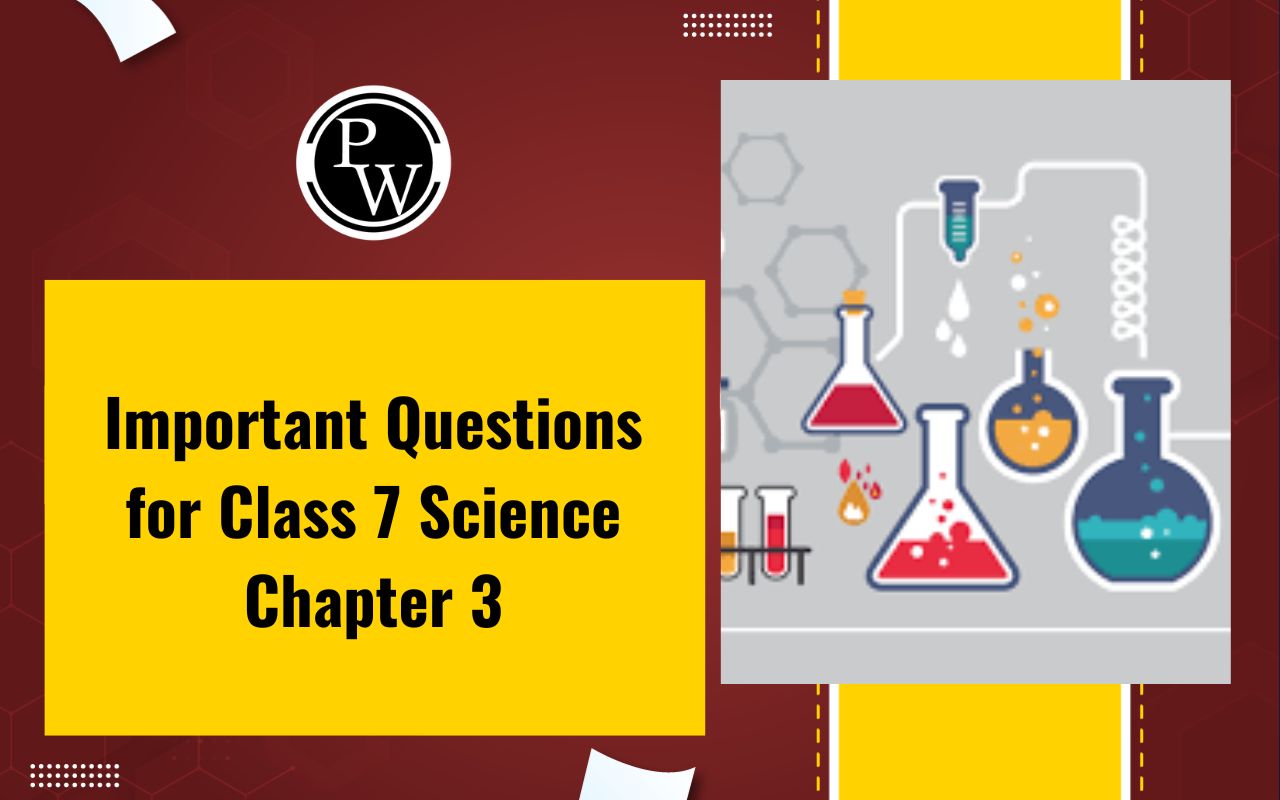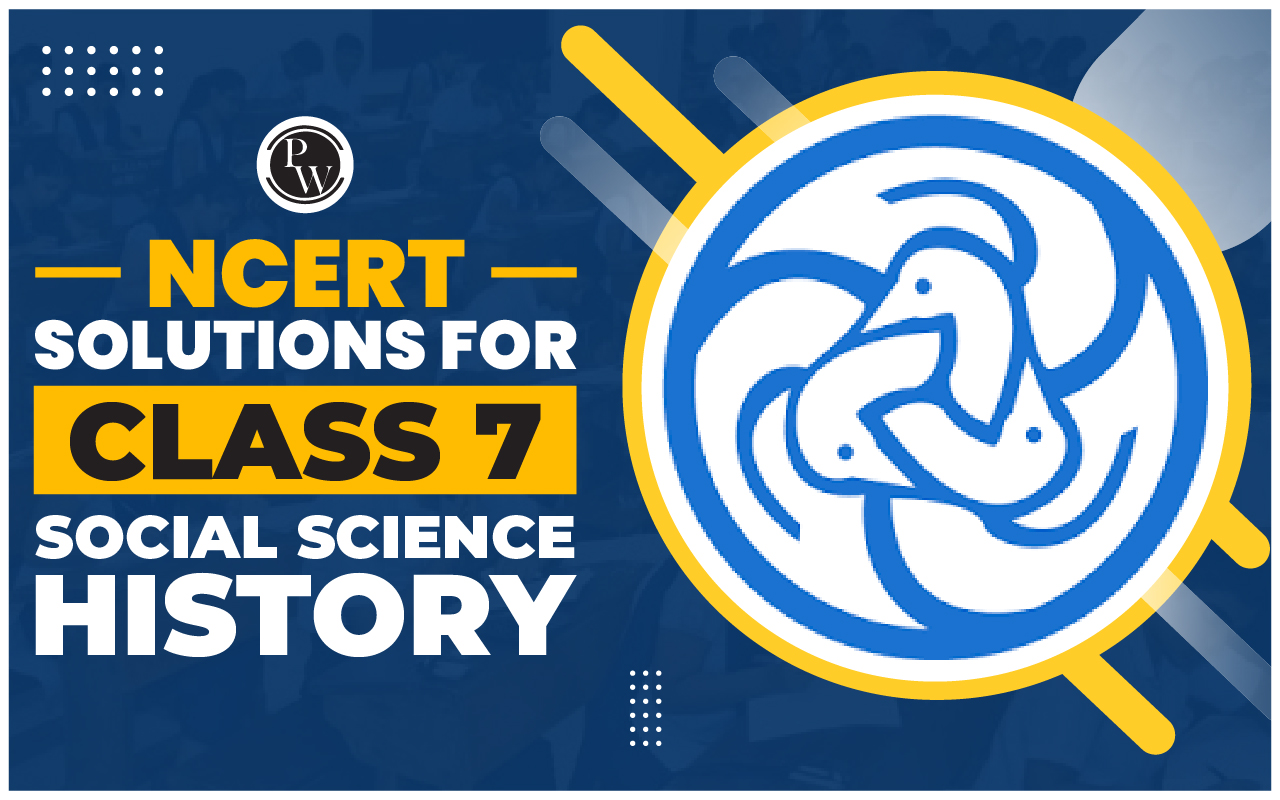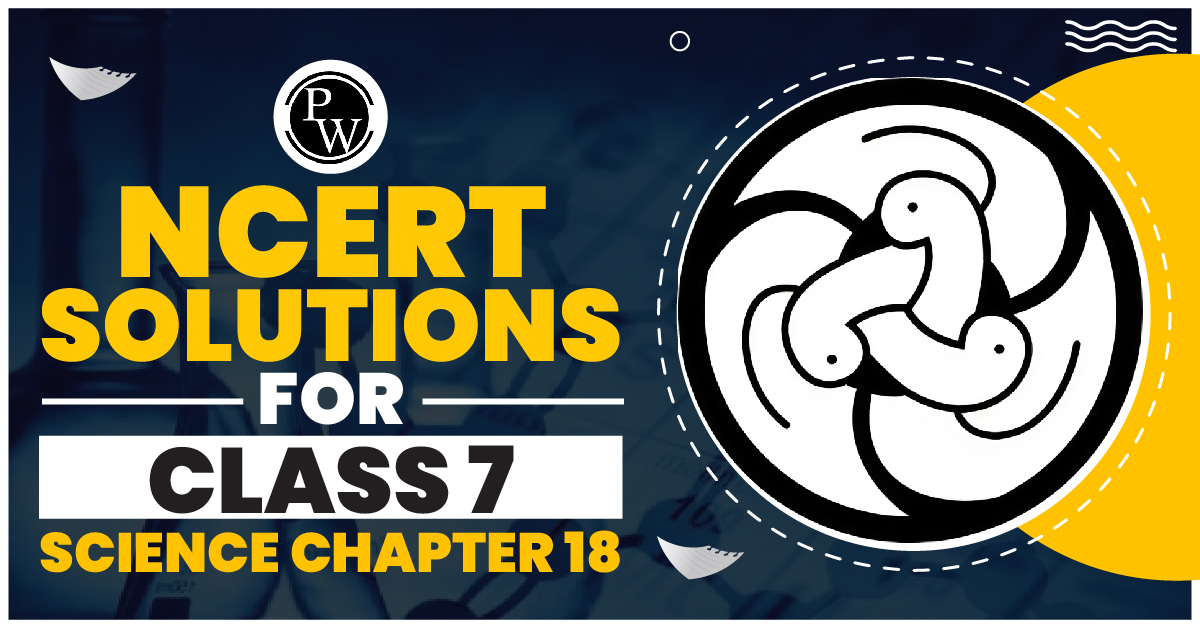

Important Questions for Class 7 Science Chapter 3: For CBSE Class 7 Science, Chapter 3 focuses on Heat. Important questions from this chapter generally explore fundamental concepts related to heat, temperature, and their effects. Students might be asked to explain how heat is transferred in everyday scenarios, such as boiling water or touching a metal spoon in a hot cup of tea.
Questions often include practical applications of these concepts, such as understanding how insulators and conductors work, the concept of thermal expansion, and the differences between solid, liquid, and gas regarding heat absorption and transmission. Mastery of these topics is crucial for understanding the basic principles of thermodynamics.Important Questions for Class 7 Science Chapter 3 Overview
Important Questions for Class 7 Science, Chapter 3 Heat are crucial for reinforcing the fundamental concepts of thermodynamics that are covered in this chapter. These questions focus on topics such as the differences between heat and temperature, methods of heat transfer (conduction, convection, and radiation), the properties of materials influencing heat absorption and conduction, and practical applications of these concepts in everyday life. Understanding these questions helps students develop a deeper comprehension of how heat affects various materials and phenomena around us. Preparing for these questions ensures that students are well-prepared for exams and builds a strong foundation in science for future learning.Important Questions for Class 7 Science Chapter 3 PDF
Important Questions for Class 7 Science Chapter 3 Heat are essential for students preparing for their exams as they cover key concepts and topics from the chapter. To help in effective exam preparation, a PDF containing these important questions is available for download. The link to access this PDF is provided below, making it convenient for students to utilize these valuable resources for their studies.Important Questions for Class 7 Science Chapter 3 PDF
Important Questions for Class 7 Science Chapter 3 Heat
Here are the important questions beneficial for Important Questions for Class 7 Science Chapter 3 Heat-Short Answer Questions:
Q1: What is conduction?
Ans: Conduction is the direct movement of heat from one point of an object to another by direct contact. Heat is transferred between materials that are in direct touch with one another. When a heated object comes into contact with another object, it transfers its heat directly, and this process continues as long as the objects remain in contact. It is the most common mode of heat transfer in solids and between solid materials.
Q2: What is convection?
Ans: Convection is a heat transport method that occurs in liquids and gases. In this process, the fluid is heated unevenly. As the fluid heats up, it expands, becomes less dense, and rises, creating convection currents. Colder, denser fluid from other areas moves in to take the place of the rising hot fluid, and the process continues until the entire fluid is heated. Convection currents are responsible for natural phenomena like winds and storms.
Q3: What is radiation?
Ans: Radiation is the transfer of heat between objects that are not in direct contact. Heat is emitted from a heated object into the surrounding environment as infrared radiation. This heat transfer occurs across empty space without the need for a medium. A hot object cools down as it radiates heat to the surroundings, allowing energy to be transferred from one object to another at a distance.
Q4: What are insulators?
Ans: Insulators are materials that conduct heat poorly. They inhibit the flow of heat through them, making them ideal for use in applications where maintaining temperature is important. For example, handles for cooking utensils are often made from insulators like plastic, wood, or rubber to prevent heat transfer from the utensil to the handle.
Q5: What are conductors?
Ans: Conductors are materials that readily allow the passage of heat. These materials enable efficient transfer of heat from one area to another. Common examples of conductors include metals like aluminum, iron, and copper, which are used in cooking utensils to ensure fast and even heat distribution during cooking.
Long Answer Questions:
Q1: What is a sea breeze?
Ans: A sea breeze is a local wind system that flows from the sea to the land during the day. This phenomenon occurs along coastlines where there are significant temperature differences between the land and the sea.
During the day, the land heats up faster than the sea. As the land becomes warmer, the air above it expands and rises, creating a low-pressure zone. In response, cooler air from the sea moves towards the land to fill this low-pressure area, creating a breeze known as a sea breeze. This cool air moving from the sea to the land helps to regulate temperatures, making coastal areas cooler during the day. Sea breezes are particularly common in coastal areas and are a natural way for the environment to balance temperature differences.Q2: What is a land breeze?
Ans: A land breeze is the breeze that blows from the land towards the sea at night. This phenomenon occurs when the land cools down faster than the sea after sunset. The land loses its heat quickly, causing the air above it to cool and sink, creating a high-pressure zone. Simultaneously, the warmer air over the sea remains less dense and stays elevated.
The cool air from the land moves out towards the sea to replace the rising warmer air, forming a land breeze. This process is a reverse of the sea breeze and occurs mainly at night when the difference in temperatures between the land and the sea is at its peak. Land breezes are a natural nighttime cooling mechanism for coastal areas, helping to regulate temperatures during the night.Q3: How does wearing woolen clothes keep us warm in winters?
Ans: Woollen clothing is particularly effective in keeping us warm during winter due to its unique properties. Wool fibers have a natural crimp that traps air between them, creating numerous tiny air pockets. Air is a poor conductor of heat, and these air pockets act as excellent insulators, helping to retain body heat. Wool fibers also absorb moisture, preventing sweat from dampening the fabric and losing warmth.
The insulating properties of wool reduce the transfer of body heat to the environment, keeping us warm. The multiple layers created by woolen clothing also trap more air, providing better insulation and comfort in colder conditions. As a result, wearing woolen clothes in winter helps to maintain body warmth by trapping heat and reducing heat loss to the surroundings.Benefits of Solving Important Questions for Class 7 Science Chapter 3
Important Questions for Class 7 Science Chapter 3 FAQs
What is heat?
How is heat different from temperature?
What is the role of insulators in heat transfer?
How does conduction occur?
What is radiation and how does it differ from conduction and convection?












